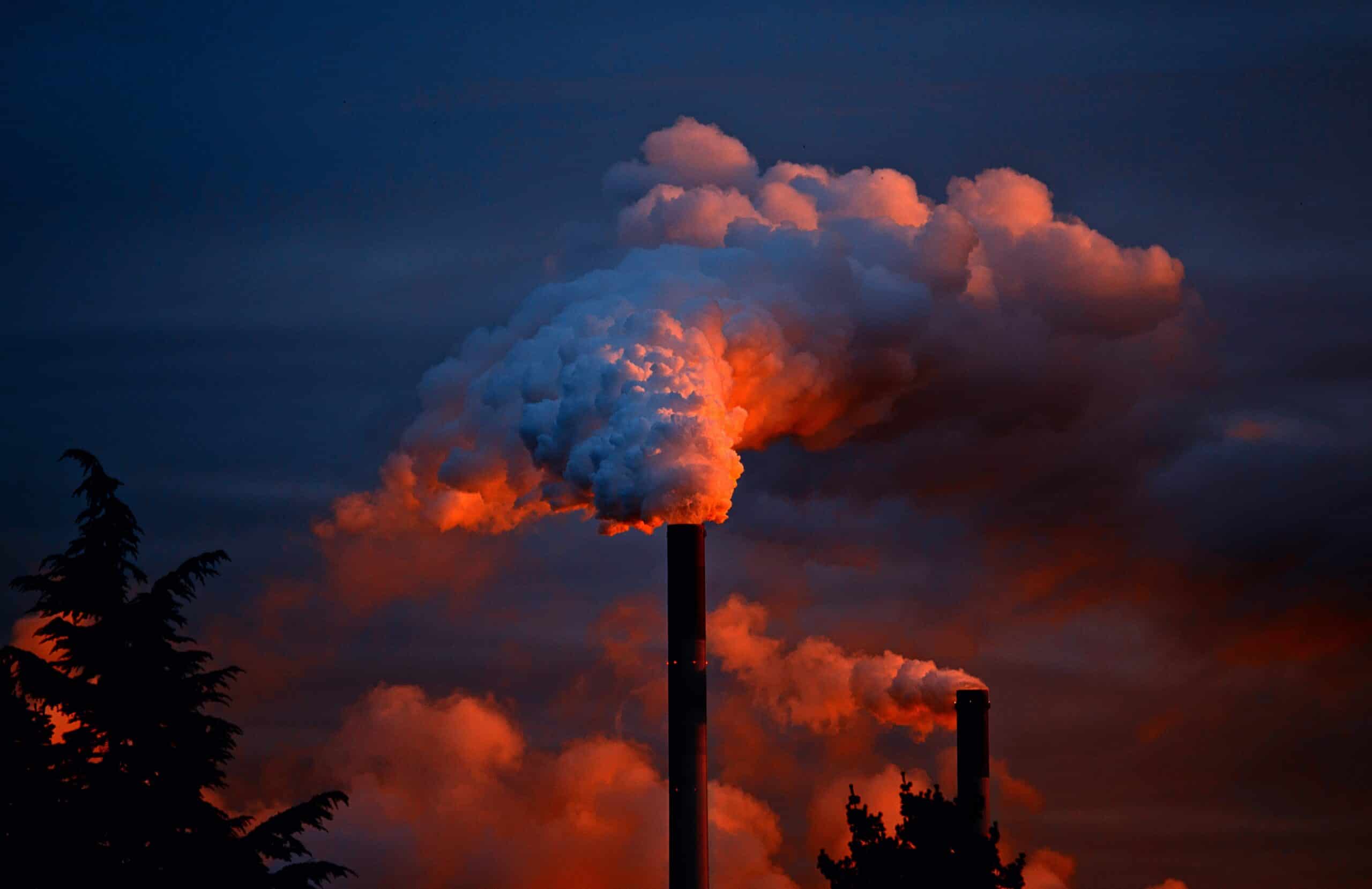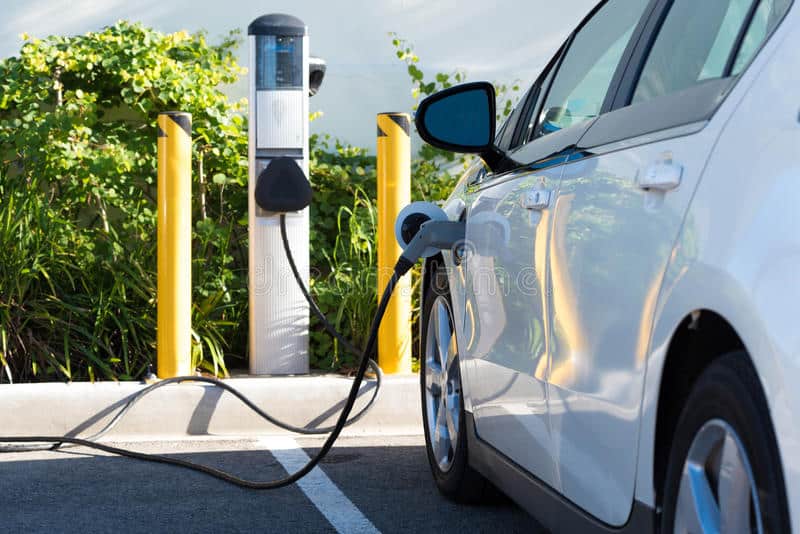
On August 16th, 2022, President Joe Biden signed into law, the Inflation Reduction Act (IRA). The IRA has the ability to enhance the health of the United States (US) and will play a role in climate change, while changing the health effects that climate change has on the population. The IRA includes public-health protection measures related to air pollution and carcinogenic chemical contaminants.
The US has the highest historical contribution to climate change, although they stand at number two now, following just behind China. The leadership in the US has been inconsistent over the years, especially pertaining to climate change. The IRA is not the first attempt the United States has made, but it just might be the only attempt that will actually turn into actions and changes.
How the IRA Will Help
The World Health Organization reported that a global transition from fossil fuels to renewable energy sources will slow climate change, while reducing illnesses caused by pollution. The IRA will help accelerate the transition, while making the US less carbon-intensive. $370 billion will be invested in assisting less carbon-intensive projects and activities. Greenhouse gas emissions (GHG) are expected to be reduced between 31% and 43% by 2030, which translates to about 2500 million to 2800 million metric tons.
The IRA is an important step for the United States of America. The act covers the health of the American people, throughout many avenues. Many Americans suffer greatly, due to the lack of health, and the inability to receive healthcare that benefits them best. Targeting overall health is a huge step in reducing illnesses across the US.
Investing in clean energy reduces emissions and air pollutants from power plants, which leads to better health for individuals as they are not inhaling carcinogens. Funds to help alleviate and reduce these emissions is a great step, however, it can be difficult to pinpoint exactly where the funds need to go most. The IRA also strives to make homes more energy efficient. One of the most important actions the IRA will be implementing is towards coastal communities, and making their structures able to withstand extreme weather events, and to help coastal communities adapt to changes in weather.
With clean energy comes alternatives to burning fossil fuels. Solar and wind energy will be implemented in low income communities.
What This Means for the Future
By 2030, the actions from the IRA should reduce emissions by 1 billion metric tons. According to the World Resources Institute, the IRA benefits are expected to lower electricity costs, make the push to transform transportation from gasoline to electric vehicles, new job creations as we work towards a clean energy future, cleaner air leading to better health for the population, help improve air quality and quality of life for low income and minority communities, provide safer communities.
Cleaner Life
Overall, the IRA aims to help the population live a better, cleaner life. While in the past, the government purposely created hazardous waste areas in areas of low income or minority groups, they will now work to diminish those changes in the past. The IRA will work to expand access to clean energy, creating jobs to fulfill roles the IRA is funding, providing funding for low income families to power their homes, and rebate programs.
Minimizes Climate Pollution
$369 billion in funding will go towards climate change to cut climate pollution in half by 2030. One investment the IRA strives to tackle is making the change to electric vehicles. The IRA will invest in clean vehicles for transportation, big and small. Transportation is the biggest source of climate pollution in the United States, According to the United States Environmental Protection Agency.
All U.S. Postal Service vehicles will be switched to electric vehicles, as well as school transportation (buses). Cleaning up trucks and buses would be beneficial because they are the cause for 30% of emissions. USPS has over 200,000 vehicles, and making the switch to EVs would be very beneficial in helping to reduce emissions. While many US businesses are making the transition to cleaner vehicles, others are struggling with the cost of the transition.
Agriculture also takes a huge toll on land and pollution. The IRA will help farmers shift to more sustainable practices when it comes to farming. The bill will put over $19 billion towards farming and agriculture and will impact conservation programs.
Only the Beginning with the IRA
The Inflation Reduction Act is a complex bill that covers many avenues and strives to tackle issues pertaining to climate change, across the United States. Although the funding this bill brings will make changes, it is hard to say exactly where that money will go. There are many areas in the US that need help, and the IRA should work to tackle the most problematic of areas first. There are also some supply chain issues with switching to electric vehicles, but over time, the goal to switch transportation to EV should get closer and closer.








